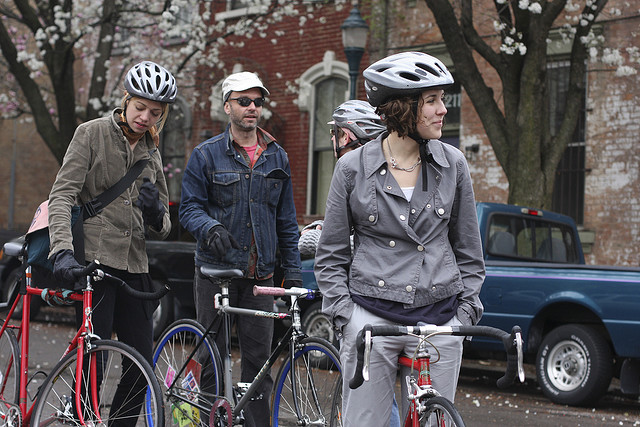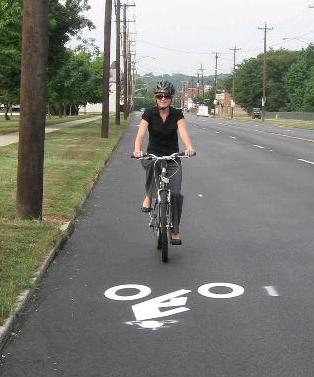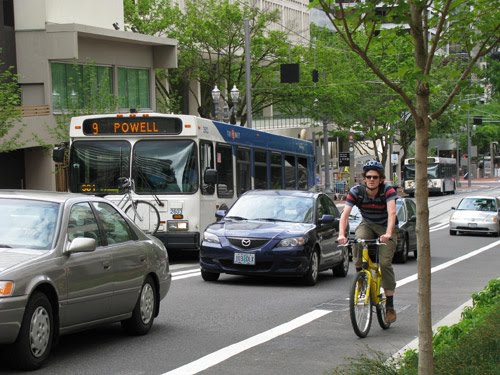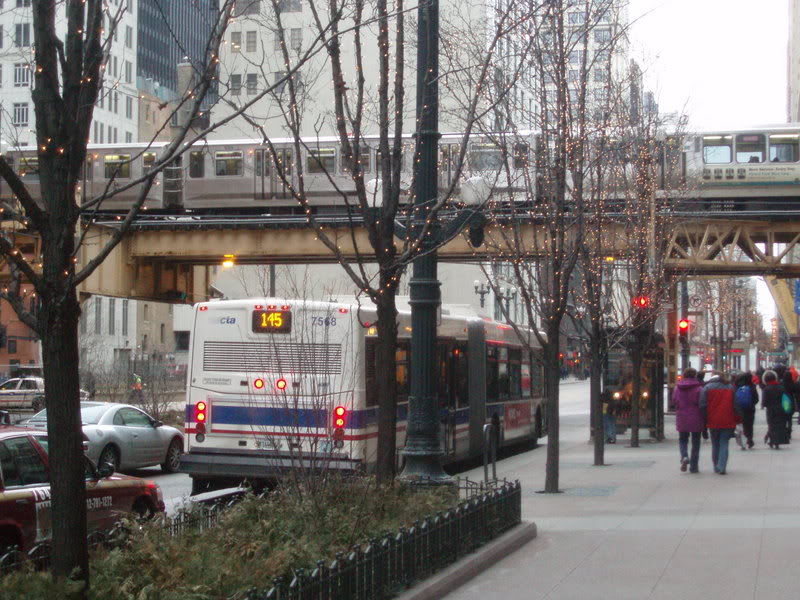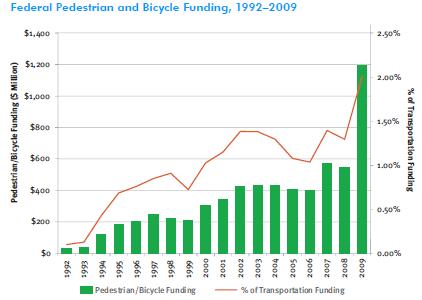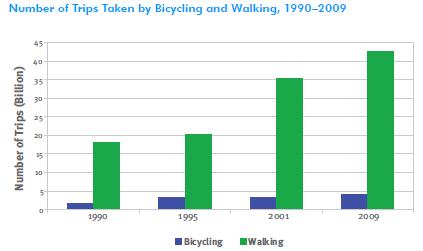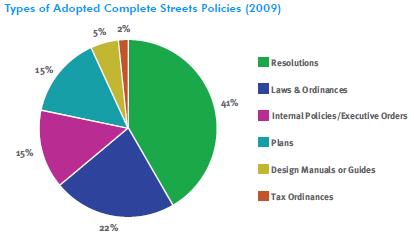The Greater Cincinnati Foundation has awarded a $10,000 grant to Queen City Bike to develop a Bicycle Friendly Destinations Program. Once in place, the new program is expected to help grow the number of bicyclists locally by creating a registry of bike friendly employers, retailers, government agencies, and cultural organizations.
Program administrators will reportedly work with area businesses and institutions to make it easier for people to access and use their respective facilities by bicycle. The hope is that by improving the overall environment and bicycle culture, that more people will take to the streets on their bikes.
According to Queen City Bike president Gary Wright, the new program fits perfectly into the non-profit organization whose mission is to promote bicycling as a safe and healthy means of transportation and recreation in the Cincinnati region.
“Getting more people to use bicycles for everyday transportation benefits everyone,” Wright said. “It reduces pollution, cuts down on traffic and parking congestion, and is good for your health.”
The grant money will kick off the new program just as the City of Cincinnati has been implementing a variety of new measures from bicycle parking requirements, new safety laws for motorists, and additional bike lanes and sharrows. Many of the new changes have been sparked by a recently adopted Bicycle Transportation Plan that, in part, calls for 445 miles of on- and off-street bicycle facilities to be installed by 2025, and double the number of people using bicycles for everyday transportation within the next five years.
According to Wright, the idea for the program originally came from a project lead by Brad Hunkler in the Leadership Cincinnati Class 33. In that project Hunkler identified the program as a “key priority” for local employers looking to attract and retain talented professionals.
“The city is committed to making our streets more bicycle friendly, and we hope that many area businesses and organizations will match that commitment by participating in the Bicycle Friendly Destinations Program, “ Wright said. “More and more cities are realizing that supporting bicycles is important for their future, and I am proud to say that Cincinnati is one of the places that gets it.”
Queen City Bike will publicly recognize those that succeed at earning the Bike Friendly Designation in May 2011.
